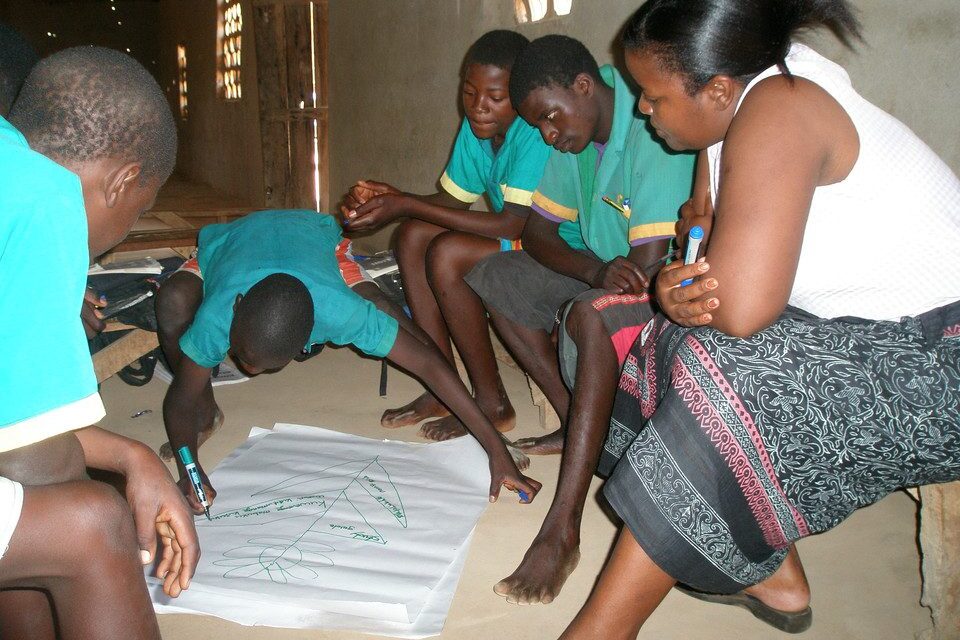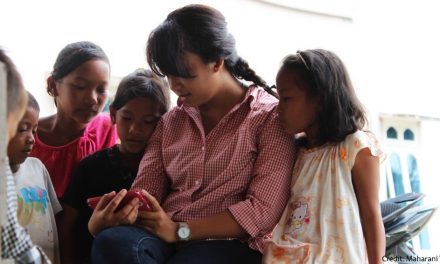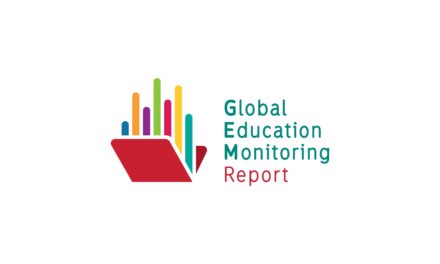This blog was written by Catherine M Jere, school of International Development, University of East Anglia, and member of the UKFIET Executive Committee
Despite tremendous progress in enrolment over the last 15 years, current estimates indicate that, globally, close to 265 million children and youth are out of school. Half of these – approximately 133 million – are boys.
Improving educational opportunities for girls continues to be of paramount importance. The international education community has taken crucial steps in focusing attention on – and improved understanding of – the barriers to accessing and completing a quality education faced by girls and young women, especially in the poorest countries. Not only do many millions of girls continue to face such barriers, they have to contend with inequality, discrimination and exploitation as they transition into the world of work and adult life.
Yet in many countries, another concern, which currently receives less visibility, is the low attainment of boys. While globally, girls remain less likely than boys to enter school in the first place, in some countries, boys are at higher risk of failing to progress and complete their education, with implications for gender equality in and through education.
Universalising a quality education for all requires assurance that a focus on achieving gender parity and equality does not inadvertently disadvantage boys. Ensuring gender equality in education is not a zero-sum game; pitting girls’ and boys’ needs against each other runs counter to an inclusive approach to education championed by the SDG agenda.
This April 2018, the Global Education Monitoring Report, unveiled a policy paper that explores the patterns and implications of boys’ disadvantage in education, with a focus on primary and secondary education. It puts the spotlight on disaffected boys and young men, often from marginalised or poor backgrounds, whose educational development and life chances are compromised.
Against a background of poverty, boys’ disengagement is further influenced by gender norms and stereotyping that continue to condition the gender identities and social expectations imposed on boys and girls in schools and communities, and which have ramifications for livelihoods, health and risk-taking, and their current and future relationships with their families, partners, and children. Research from OECD countries links boys’ low achievement, particularly in literacy, to an ideology of masculinity that undervalues academic achievement.
Disengagement and high drop-out rates among boys have broader repercussions for gender equality. Results from the International Men and Gender Equality Survey (IMAGES) show that men with fewer years of education were more likely to express discriminatory gender views. They were also more likely to be violent in the home.
The full policy paper is available here.
Useful links:
UNESCO Education for Inclusion and Gender Equality





